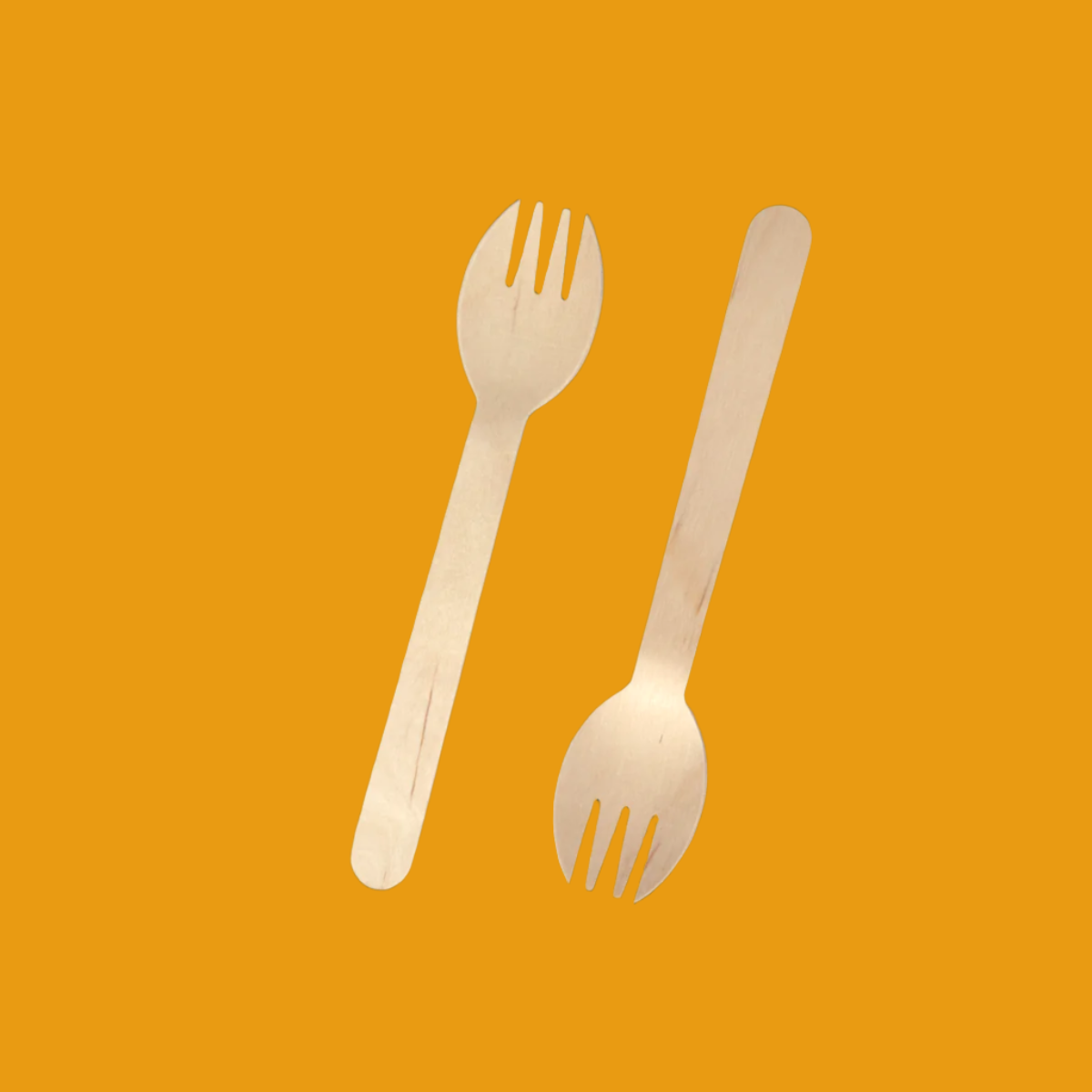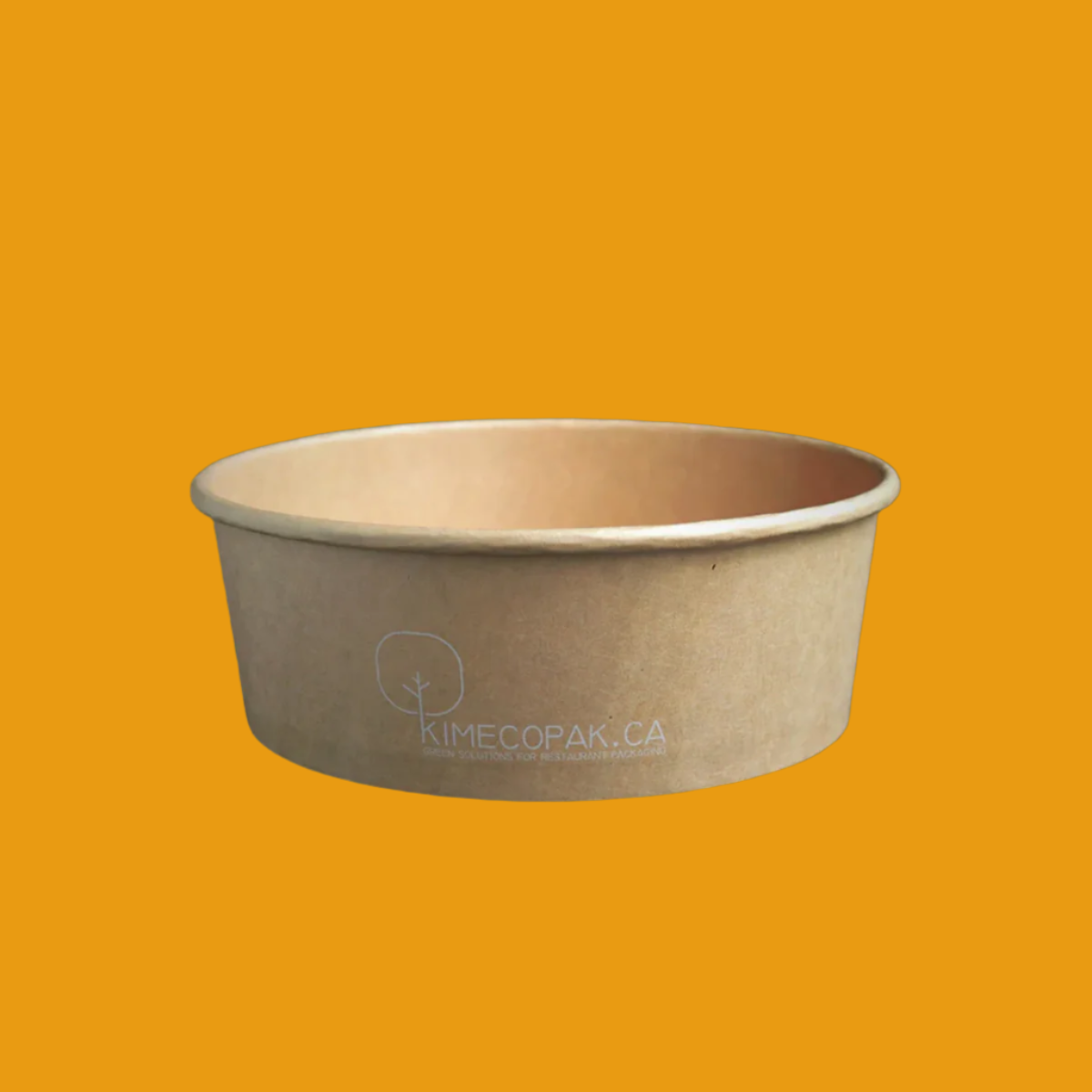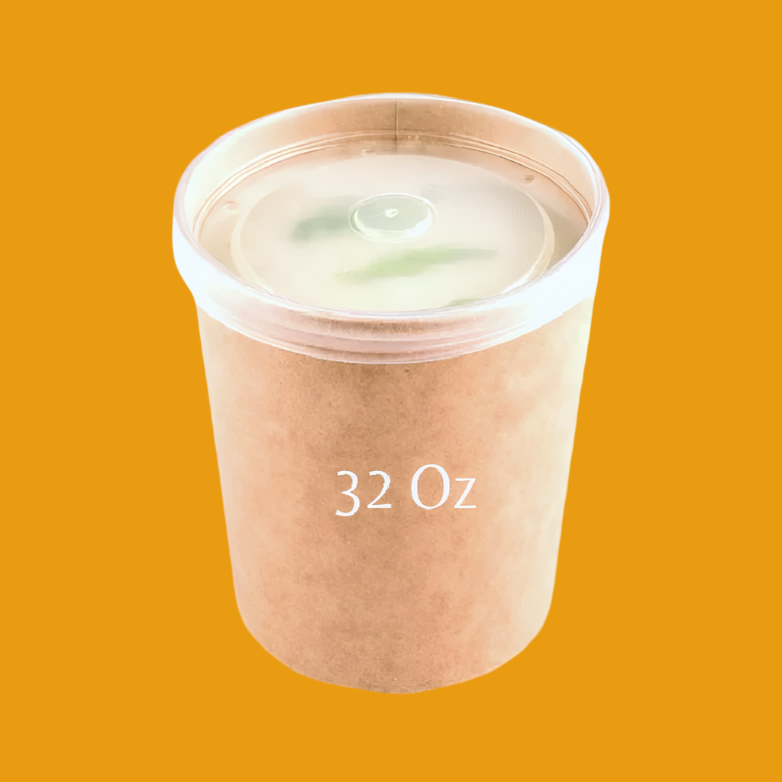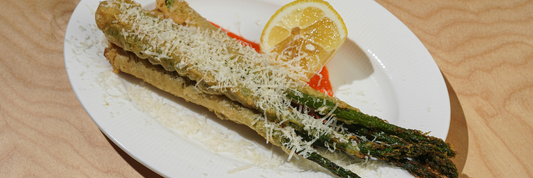Starting a cupcake business in 2025 takes more than great recipes. Ingredient prices are rising, customer tastes are shifting, and competition in the dessert market is stronger than ever. To succeed, you need a clear plan that balances creativity with solid business strategy. At KimEcopak, we’ve worked with countless food entrepreneurs and small bakeries across Canada, helping them streamline operations, cut unnecessary costs, and launch brands that stand out. This practical guide on how to start a cupcake business is built from real industry insights and proven steps to help you launch smart, stay compliant, and grow with confidence.
Cupcake Business Models and Formats
Home Bakery Under Cottage Food Rules
Starting a cupcake business from home is often the most accessible route for beginners. Under cottage food laws (regulations that allow individuals to produce and sell certain foods from home kitchens), you can legally bake and sell cupcakes without renting a commercial facility.
However, rules vary by region some restrict where you can sell (such as only at farmers markets or direct-to-consumer) and may require labeling with your name, address, and a “Made in a home kitchen” statement. Check your local health department or state agriculture agency for specific requirements, including approved ingredients, annual sales limits, and packaging guidelines.
A home bakery model keeps startup costs low and is ideal for testing recipes, building a brand, and developing a loyal customer base before scaling up.

Brick-and-Mortar Cupcake Shop or Café
A physical storefront provides higher visibility and customer traffic. This model typically involves more investment including rent, permits, commercial equipment, and staff, but also allows for larger production capacity and on-site sales.
With a dedicated space, you can offer dine-in seating, coffee pairings, custom orders, and walk-in impulse sales. Location selection is crucial: look for areas with steady pedestrian flow such as downtown districts, near offices, schools, or shopping centers.
A retail bakery must comply with commercial food safety standards, including licensed kitchens, refrigeration, fire safety, and business liability insurance.
Mobile Model: Cupcake Truck or Pop-Ups
A cupcake truck or pop-up booth provides flexibility and exposure without the long-term lease of a storefront. This model thrives at farmers markets, fairs, corporate events, and weddings, where you can serve ready-to-eat cupcakes or mini assortments.
Mobile vendors must obtain food truck or temporary event permits and often use a commissary kitchen for prep and storage.
The advantage lies in low overhead and direct customer feedback, ideal for brand building, seasonal events, or testing new products before investing in a permanent location.
Online Orders With Delivery and Pickup Windows
Selling cupcakes online expands your reach beyond local foot traffic. Many small bakeries set up a website or social media ordering system that offers local pickup or delivery within specific zones.
This model works well for customized orders (birthdays, weddings, corporate gifts) and recurring customers. Reliable logistics are key; use insulated packaging, plan same-day deliveries, and comply with labeling requirements for allergens and storage.
Digital presence is essential: invest in clear product photos, transparent pricing, and online payment options.
Hybrid Model: Wholesale to Cafés and Markets
A hybrid model combines direct retail sales with wholesale supply to coffee shops, restaurants, and grocery stores. Wholesale provides predictable income streams but requires consistent volume, standardization, and food safety compliance.
To succeed, maintain steady quality, clear branding on packaging, and attractive wholesale pricing that allows for partner markups.
This model is ideal once your business has stable production and a recognizable brand that appeals to both consumers and local retailers.
Market Research for a Cupcake Business
Define Target Customers, Occasions, and Price Sensitivity
Start by identifying who you want to serve. Common cupcake buyer groups include:
-
Everyday consumers looking for treats or gifts
-
Event planners, brides, and parents (for birthdays, weddings, baby showers)
-
Corporate clients seeking branded or bulk orders
Understand price sensitivity, for example, casual buyers may expect cupcakes around $3–$5 each, while premium custom designs can reach $6–$8. Tailor your flavors, packaging, and presentation to match your chosen segment.
Competitive Scan and Gap Analysis
Visit other local bakeries, cafés, and grocery stores to analyze:
-
Pricing and portion sizes
-
Cupcake flavors, fillings, frosting styles
-
Visual presentation and packaging
-
Customer experience and branding
Identify market gaps, such as missing dietary options (gluten-free, vegan), underrepresented flavors, or underserved neighborhoods. This helps you position your business with a unique selling point.
Local Demand Drivers: Foot Traffic, Festivals, Corporate Catering
Assess what fuels dessert demand in your area. Key factors include:
-
Foot traffic near offices, schools, or shopping areas
-
Local festivals, markets, and community events where small bakeries can showcase products
-
Corporate catering or bulk orders during holidays or company events
Leverage these insights to decide production volume, promotional timing, and location strategy.
Testing Menu with Tastings and Surveys
Before launching, organize product tastings with friends, family, and focus groups. Offer free samples and gather feedback on:
-
Flavor balance and sweetness level
-
Frosting texture and appearance
-
Price perception and packaging design
Use simple surveys (Google Forms or QR codes) to refine recipes and finalize your core menu based on real customer preferences.

How to Write a Cupcake Business Plan
A business plan turns your idea into a structured roadmap, essential for funding, licensing, and long-term growth.
Executive Summary and Mission
Summarize your business vision in a few clear paragraphs:
-
What your cupcake business will sell
-
Where and to whom
-
Why it will succeed
Your mission statement should express your core purpose, for example, “To create artisanal cupcakes using local ingredients and eco-friendly packaging that bring everyday joy to our community.”
Company Overview, Concept, and Founder Profile
Describe your business structure (sole proprietor, partnership, LLC), location, and unique concept, such as gourmet, vegan, themed, or event-focused cupcakes.
Include your founder background, baking experience, business skills, or passion that supports your credibility. This helps investors and lenders understand your expertise and motivation.

Market and Competitor Analysis
Summarize insights from your research: who your target customers are, what they value, and how your cupcakes differ from competitors’.
Include data on local bakery density, average pricing, and consumer trends like personalization, health-conscious desserts, or sustainable packaging.
Menu Strategy and Signature Cupcakes
List your core menu items, seasonal rotations, and any specialty lines:
-
Classic flavors (vanilla, chocolate, red velvet)
-
Premium or themed flavors (salted caramel, matcha, lemon meringue)
-
Dietary options (gluten-free, keto, dairy-free)
Define your signature cupcake, the item that becomes your brand’s hallmark. Keep recipes standardized to ensure consistent cost and flavor.
Operations Plan and Production Workflow
Explain how your cupcakes will be produced efficiently:
-
Kitchen setup and daily prep schedule
-
Ingredient sourcing and inventory management
-
Baking, cooling, frosting, packaging, and labeling flow
-
Quality control checks for appearance and freshness
If you operate from a home kitchen, note compliance with cottage food laws; if commercial, describe staffing, sanitation, and delivery routines.
Sales Channels and Marketing Plan
Outline how you’ll reach customers:
-
Retail sales: in-store, pop-ups, or local markets
-
Online orders: website, delivery apps, or social media DM ordering
-
Wholesale partnerships: cafés, offices, local grocers
Your marketing plan should include brand storytelling, social media strategy, seasonal campaigns, and review management. Use Instagram and Google Business Profile to showcase visuals and collect ratings early.
Financial Plan: Startup Costs, Pricing, and Projections
List estimated startup costs such as:
-
Kitchen setup and equipment
-
Licenses and permits
-
Ingredients and packaging inventory
-
Marketing and website expenses
Calculate your break-even point using projected monthly sales and costs. Set pricing based on a cost-plus model (ingredient + labor + overhead + profit margin).
Include basic financial projections for 12–24 months to help monitor progress.
Milestones and Risk Plan
End your plan with measurable goals for example:
-
Obtain business license within 60 days
-
Secure 10 catering clients in the first quarter
-
Break even by month 9
A risk plan should outline potential challenges (ingredient price changes, seasonal demand drops, equipment failure) and your strategies for managing them such as diversifying products or maintaining cash reserves.
Startup Costs and Funding for a Cupcake Business
Cost Checklist: Equipment, Permits, Initial Inventory, Packaging, Rent, Insurance
Before opening your cupcake business, outline every expense to understand your true startup budget. Common cost categories include:
-
Equipment: ovens, mixers, pans, cooling racks, decorating tools, and storage shelves
-
Permits and licenses: health inspections, food handler certification, business registration, and zoning fees
-
Initial inventory: flour, sugar, butter, eggs, liners, boxes, and display materials
-
Packaging: branded boxes, cupcake inserts, stickers, and labels
-
Rent and utilities: if operating from a commercial kitchen or storefront
-
Insurance: product liability, general liability, and property coverage
For a small home bakery, startup costs might range from $2,000 to $5,000, while a commercial shop can require $20,000 or more, depending on location and size.
Types of Cupcake Boxes by Quantity (1, 2, 4, 6, 12 & 24)
Custom Cupcake Boxes: Eco Packaging Tailored for Every Cupcake
Working Capital and Cash Buffer
Beyond initial setup, plan for working capital to cover ongoing expenses such as ingredients, payroll, rent, and utilities. Keep at least three to six months of operating cash as a buffer to manage slow periods or unexpected costs. Monitoring cash flow early prevents supply interruptions and allows steady production.
Funding Options: Savings, Microloans, Small Business Loans, Grants
If personal savings are not enough, consider external funding sources:
-
Personal savings: ideal for small-scale home bakeries
-
Microloans: available from local economic development agencies or nonprofit lenders
-
Small business loans: offered by banks and credit unions, often requiring a solid business plan
-
Grants: available through women-owned, minority-owned, or food-entrepreneur programs
Research your local Small Business Development Center (SBDC) or Chamber of Commerce for grant listings and startup mentorship.
Break-Even Analysis Basics
A break-even analysis shows how many cupcakes you must sell to cover all costs.
-
Add fixed costs (rent, insurance, permits).
-
Calculate variable costs per cupcake (ingredients, packaging, labor).
-
Divide total fixed costs by profit per cupcake.
For example, if you spend $2,000 in fixed costs monthly and earn $2 profit per cupcake, you must sell 1,000 cupcakes to break even. This simple calculation helps set realistic sales goals and pricing.
Legal Requirements to Start a Cupcake Business
Choose a Business Structure: Sole Proprietor, LLC, Corporation
Select a structure that fits your goals and risk level:
-
Sole proprietorship: easiest setup, but you are personally liable for debts.
-
Limited Liability Company (LLC): protects personal assets and is popular for small food businesses.
-
Corporation: offers legal protection and easier access to investors but requires more paperwork.
Register your structure through your local business registry or secretary of state office.
Register Business Name and Obtain Tax IDs
File your DBA (Doing Business As) name if your bakery operates under a brand name. Apply for an Employer Identification Number (EIN) with the IRS to handle taxes and business banking. Even small home bakeries benefit from a separate EIN for cleaner accounting.
Sales Tax Registration and Bookkeeping Setup
Register for a sales tax permit with your state if you sell directly to customers. Keep accurate records of sales, ingredient costs, and invoices using a simple accounting system or bookkeeping software like QuickBooks or Wave. This ensures compliance and helps you track profitability.
Licenses, Permits, and Inspections Overview
Depending on your state or province, you may need:
-
A food handler’s permit or food safety certification
-
Health department inspection if using a commercial kitchen
-
A business license from your city or county
Check with your local health authority for exact inspection frequency and documentation.
Sales Tax Registration and Bookkeeping Setup
Register for a sales tax permit with your state if you sell directly to customers. Keep accurate records of sales, ingredient costs, and invoices using a simple accounting system or bookkeeping software like QuickBooks or Wave. This ensures compliance and helps you track profitability.
Licenses, Permits, and Inspections Overview
Depending on your state or province, you may need:
-
A food handler’s permit or food safety certification
-
Health department inspection if using a commercial kitchen
-
A business license from your city or county
Check with your local health authority for exact inspection frequency and documentation.
Food Labeling and Allergen Overview (Federal, State, or Local)
Food sold to the public must include clear labels that show:
-
Business name and address
-
Product name
-
Ingredient list in descending order
-
Allergen disclosure (milk, eggs, wheat, nuts, soy, etc.)
If you sell prepackaged cupcakes, follow your country’s food labeling guidelines (for example, the FDA’s Food Labeling Guide in the United States).
Cottage Food Rules vs. Commercial Kitchen Requirements
Cottage food laws allow home-based cupcake production under specific limits. These typically include:
-
Only selling directly to consumers (not through third-party retailers)
-
Using approved ingredients (no perishable fillings or frostings in some areas)
-
Adding a “Made in a home kitchen” statement on labels
If your menu includes dairy fillings or you plan wholesale sales, you must operate from a licensed commercial kitchen that meets food safety codes.
Insurance Types: General Liability, Product Liability, Auto if Delivering
Insurance protects your business from financial loss. Key policies include:
-
General liability insurance: covers accidents or injuries on your premises
-
Product liability insurance: covers claims related to your cupcakes
-
Commercial auto insurance: necessary if you deliver orders regularly
Some markets or event venues require proof of insurance before participation.
Cottage Food Rules vs. Commercial Kitchen Requirements
Cottage food laws allow home-based cupcake production under specific limits. These typically include:
-
Only selling directly to consumers (not through third-party retailers)
-
Using approved ingredients (no perishable fillings or frostings in some areas)
-
Adding a “Made in a home kitchen” statement on labels
If your menu includes dairy fillings or you plan wholesale sales, you must operate from a licensed commercial kitchen that meets food safety codes.
Insurance Types: General Liability, Product Liability, Auto if Delivering
Insurance protects your business from financial loss. Key policies include:
-
General liability insurance: covers accidents or injuries on your premises
-
Product liability insurance: covers claims related to your cupcakes
-
Commercial auto insurance: necessary if you deliver orders regularly
Some markets or event venues require proof of insurance before participation.
Location Strategy for a Cupcake Business
Home Kitchen Compliance Checklist Under Local Rules
For home bakers, confirm local cottage food registration and food safety rules. Kitchens must be kept sanitary and separate from household pets or personal cooking during business hours. Keep records of ingredient sources and production batches for inspection.
Retail Site Selection: Visibility, Rent, Utilities, Parking
When choosing a commercial site, consider:
-
Visibility and foot traffic near schools, offices, or shopping areas
-
Size and layout for baking, display, and seating
-
Rent, utility costs, and accessibility
-
Parking availability for customers and delivery vehicles
A strong location supports impulse purchases and builds repeat traffic.
Mobile Vending Rules and Commissary Kitchens
If you plan a cupcake truck, confirm whether your city allows mobile food sales and what permits are needed. Most regions require vendors to prepare food in a commissary kitchen, a shared commercial space approved by health authorities. Ensure your truck meets sanitation and power requirements.
Cottage Food Limits on Venues and Sales Channels by Jurisdiction
Some cottage food operations can only sell directly to consumers, while others can also sell through farmers markets or events. Always verify local restrictions before expanding to wholesale or online delivery to avoid penalties.
Menu Development for a Cupcake Business
Core Flavors, Seasonal Specials, Vegan or Gluten-Free Considerations
Start with a core lineup of classic flavors like vanilla, chocolate, and red velvet. Add seasonal specials such as pumpkin spice in autumn or strawberry shortcake in summer. Offering vegan, dairy-free, or gluten-free options can widen your audience and meet dietary needs, but always label them clearly to avoid confusion.
Fillings, Frostings, and Toppings: Allergen Disclosure
Experiment with fillings like fruit compote, ganache, or cream cheese, and frostings such as buttercream or whipped cream. Always disclose common allergens like milk, eggs, wheat, or nuts on menus and labels. Consistency and clear communication build trust with customers.
Portion Sizes: Standard vs. Mini vs. Jumbo
Different portion sizes attract different buyers:
-
Mini cupcakes: ideal for catering and sample packs
-
Standard cupcakes: most common for retail
-
Jumbo cupcakes: higher price point for premium or custom orders
Adjust pricing to reflect ingredient use and labor time for each size.
Shelf Life, Holding, and Packaging Impact on Quality
Cupcakes without perishable fillings last about two days at room temperature and up to five days refrigerated. Use airtight containers and proper packaging to maintain freshness.
For frosted cupcakes, refrigeration helps stability, but bring them to room temperature before serving for the best flavor.
Equipment and Supplies for a Cupcake Business
Ovens, Mixers, Pans, Cooling Racks, Portioning Tools
Invest in reliable convection ovens for even baking and heavy-duty mixers for large batches. Use nonstick pans, reusable silicone liners, and accurate portioning scoops for consistency. Cooling racks prevent soggy bottoms and speed up production.
Display Cases and Refrigeration if Offering Dairy Fillings
For retail shops, glass display cases enhance presentation and encourage impulse buying. If you use dairy-based fillings or frostings, install a refrigerated case to comply with health safety standards and maintain product freshness.
Piping Tools, Tips, and Packaging Supplies
Stock multiple piping tips for decorative variety, from open star to round styles. Keep disposable and reusable piping bags on hand. Use eco-friendly cupcake boxes with inserts to prevent movement during transport. Custom-branded packaging reinforces your brand identity.
POS System, Website, and Order Management Tools
A Point of Sale (POS) system helps manage in-store transactions, track inventory, and process digital payments. For online orders, set up a simple website or use e-commerce platforms with integrated order forms. Tools like Square, Shopify, or Wix can handle both payment and pickup scheduling.
Conclusion
Building a cupcake business takes more than great recipes. It requires planning, compliance, and smart financial management. Once you have your structure, permits, and brand identity in place, focus on consistency and quality to grow loyal customers. With creativity, discipline, and a clear business plan, your cupcake idea can become a thriving bakery that brings joy to every bite.










1 commentaire
This beginner’s guide is the recipe every cupcake lover needs! Great breakdown of steps from baking to branding. It’s inspiring and practical at the same time. Can’t wait to try my hand at it soon. Sharing and saving this! Visit https://saveplus.in